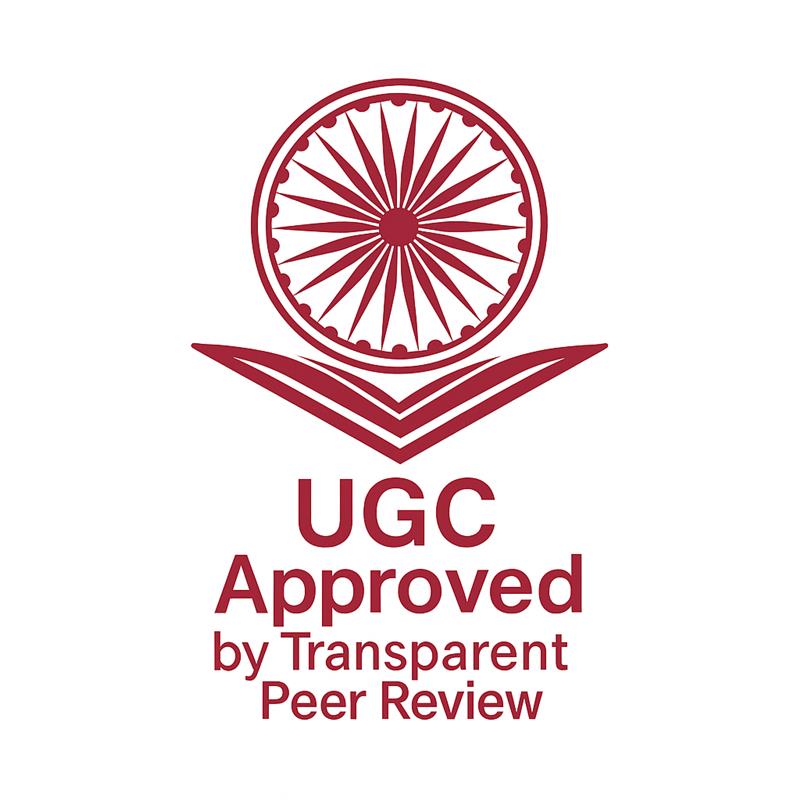Paper Title
Biosensor and nanobiotechnology
Article Identifiers
Authors
Keywords
Biosensors, nanomaterials, nano-biosensing, gold nanoparticles, carbon nanotubes, quantum dots. Introduction
Abstract
An integrated receptor-transducer device that can translate a biological reaction into an electrical signal is called a biosensor. Due to the numerous uses for biosensors in the last ten years, including medication delivery, environmental monitoring, water and food quality monitoring, health care and illness diagnosis, and environmental monitoring, biosensor design and development have gained significant attention from scientists and researchers. The major obstacles to the advancement of biosensors are (i) effectively capturing bio recognition signals and converting them into electrochemical, electrical, optical, gravimetric, or acoustic signals (transduction process); (ii) improving transducer performance, meaning lowering detection limits even for the detection of individual molecules, increasing sensitivity, and reproducibility; and (iii) miniaturizing biosensing devices through the use of micro- and nanofabrication technologies. The problems can be addressed by combining zero- to three-dimensional nanomaterials with sensing technologies. These materials have high surface-to-volume ratios, strong conductivities, shock-bearing capacities, and color tunability. The following nanomaterials (NMs) are used in the creation of nano-biosensors: carbon nanotubes (CNTs) (large surface area, high electrical and thermal conductivity), quantum dots (QDs) (color tunability), nanowires (NWs) and nanorods (NRs) (high stability and high carrier capacity). These nanoparticles can also function as transduction elements in and of themselves. The evolution of biosensors, their types based on receptors and transducers, and contemporary methods used in biosensors using nanomaterials like NPs (such as metal oxide and noble metal NPs), NWs, NRs, CNTs, QDs, and dendrimers, as well as their recent advancement in biosensing technology with the growth of nanotechnology, are all summarized in this review.
Downloads
How To Cite (APA)
Shruti Satish Garad, Shridhar Kumbhar, Avinash Diddi , & Abhay kanni (April-2024). Biosensor and nanobiotechnology . INTERNATIONAL JOURNAL OF NOVEL RESEARCH AND DEVELOPMENT, 9(4), i721-i736. https://ijnrd.org/papers/IJNRD2404881.pdf
Issue
Volume 9 Issue 4, April-2024
Pages : i721-i736
Other Publication Details
Paper Reg. ID: IJNRD_220189
Published Paper Id: IJNRD2404881
Downloads: 000122257
Research Area: Pharmacy
Author Type: Indian Author
Country: Solapur, Maharashtra , India
Published Paper PDF: https://ijnrd.org/papers/IJNRD2404881.pdf
Published Paper URL: https://ijnrd.org/viewpaperforall?paper=IJNRD2404881
About Publisher
Journal Name: INTERNATIONAL JOURNAL OF NOVEL RESEARCH AND DEVELOPMENT(IJNRD)
UGC CARE JOURNAL PUBLICATION | ISSN: 2456-4184 | IMPACT FACTOR: 8.76 Calculated By Google Scholar | ESTD YEAR: 2016
An International Scholarly Open Access Journal, Peer-Reviewed, Refereed Journal Impact Factor 8.76 Calculate by Google Scholar and Semantic Scholar | AI-Powered Research Tool, Multidisciplinary, Monthly, Multilanguage Journal Indexing in All Major Database & Metadata, Citation Generator
Publisher: IJNRD (IJ Publication) Janvi Wave | IJNRD.ORG | IJNRD.COM | IJPUB.ORG
Copyright & License
© 2025 — Authors hold the copyright of this article. This work is licensed under a Creative Commons Attribution 4.0 International License. and The Open Definition.
You are free to share, adapt, and redistribute the material, provided proper credit is given to the original author. 🛡️ Disclaimer: The content, data, and findings in this article are based on the authors’ research and have been peer-reviewed for academic purposes only. Readers are advised to verify all information before practical or commercial use. The journal and its editorial board are not liable for any errors, losses, or consequences arising from its use.

Publication Timeline
Article Preview: View Full Paper
Call For Paper
IJNRD is a Scholarly Open Access, Peer-Reviewed, Refereed, and UGC CARE Journal Publication with a High Impact Factor of 8.76 (calculated by Google Scholar & Semantic Scholar | AI-Powered Research Tool). It is a Multidisciplinary, Monthly, Low-Cost, and Transparent Peer Review Journal Publication that adheres to the UGC CARE 2025 Peer-Reviewed Journal Policy and aligns with Scopus Journal Publication standards to ensure the highest level of research quality and credibility.
IJNRD offers comprehensive Journal Publication Services including indexing in all major databases and metadata repositories, Digital Object Identifier (Crossref DOI) assignment for each published article with additional fees, citation generation tools, and full Open Access visibility to enhance global research reach and citation impact.
The INTERNATIONAL JOURNAL OF NOVEL RESEARCH AND DEVELOPMENT (IJNRD) aims to advance applied, theoretical, and experimental research across diverse academic and professional fields. The journal promotes global knowledge exchange among researchers, developers, academicians, engineers, and practitioners, serving as a trusted platform for innovative, peer-reviewed journal publication and scientific collaboration.
Indexing Coverage: Google Scholar, SSRN, ResearcherID-Publons, Semantic Scholar (AI-Powered Research Tool), Microsoft Academic, Academia.edu, arXiv.org, ResearchGate, CiteSeerX, ResearcherID (Thomson Reuters), Mendeley, DocStoc, ISSUU, Scribd, and many other recognized academic repositories.
How to submit the paper?
By Our website
Click Here to Submit Paper Online
You can now publish your research in IJNRD. IJNRD is a Transparent Peer-Reviewed Open Access Journal Publication (Refereed Journal), aligning with New UGC and UGC CARE recommendations.
For more details, refer to the official notice: UGC Public Notice
Submit Paper Online
Important Dates for Current issue
Paper Submission Open For: December 2025
Current Issue: Volume 10 | Issue 12 | December 2025
Impact Factor: 8.76
Last Date for Paper Submission: Till 31-Dec-2025
Notification of Review Result: Within 1-2 Days after Submitting paper.
Publication of Paper: Within 01-02 Days after Submititng documents.
Frequency: Monthly (12 issue Annually).
Journal Type: IJNRD is an International Peer-reviewed, Refereed, and Open Access Journal with Transparent Peer Review as per the new UGC CARE 2025 guidelines, offering low-cost multidisciplinary publication with Crossref DOI and global indexing.
Subject Category: Research Area
Call for Paper: More Details
Approval, Licenses and Indexing: More Details

 :
: 




